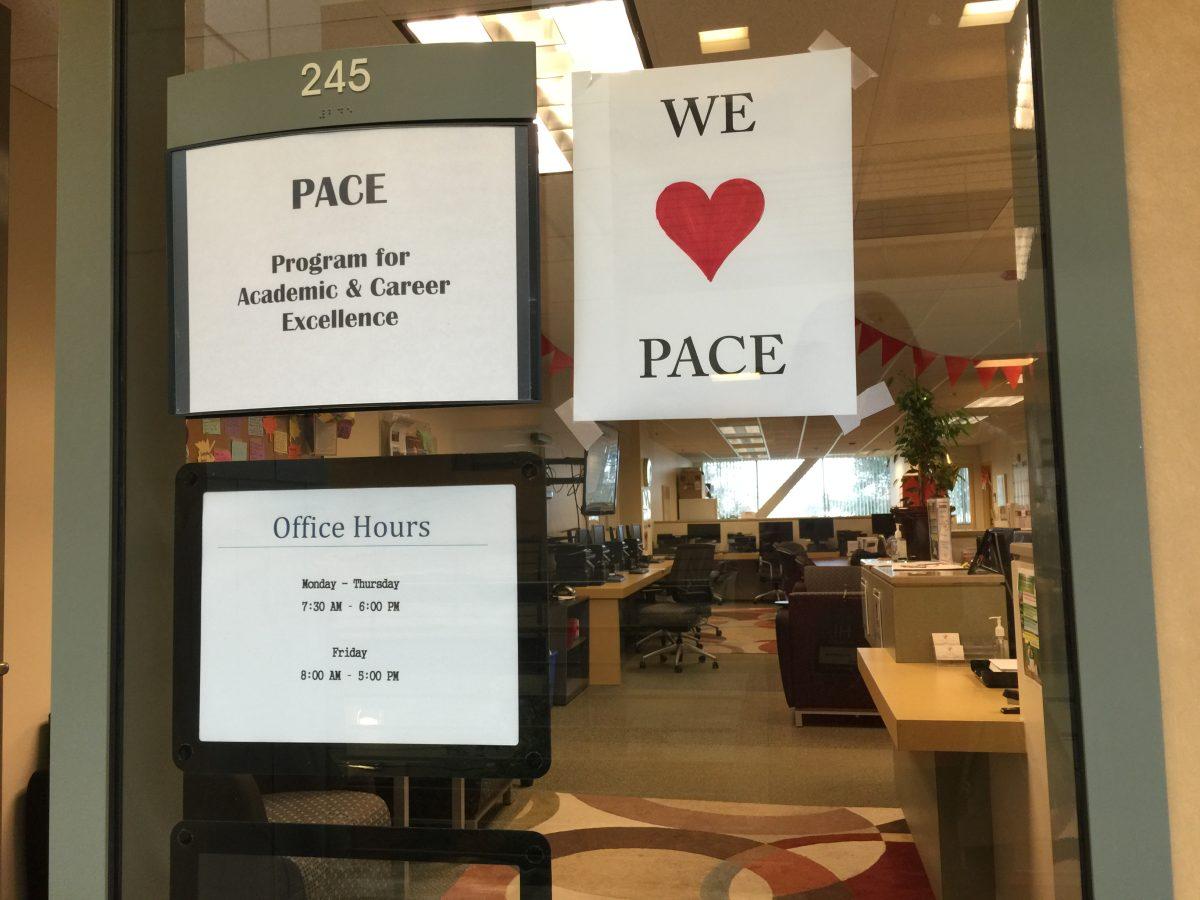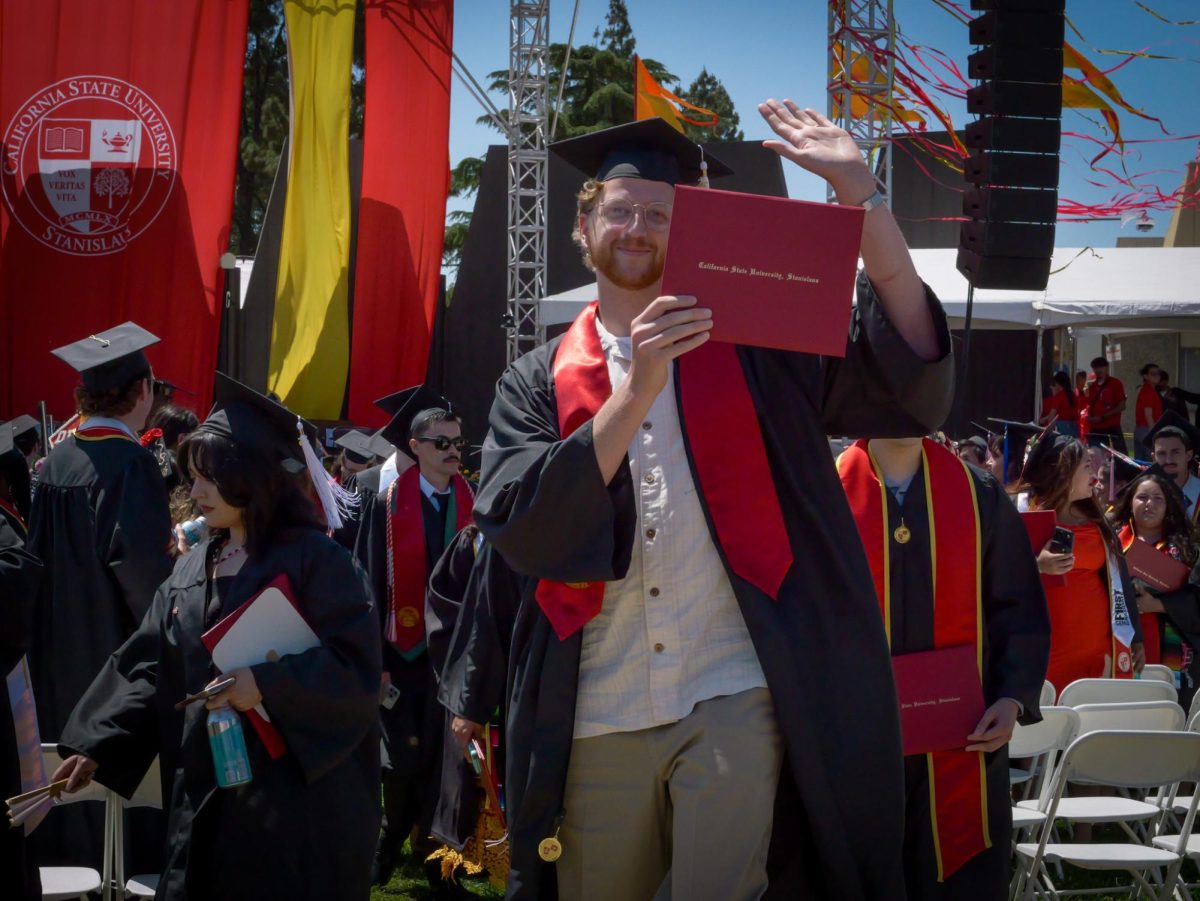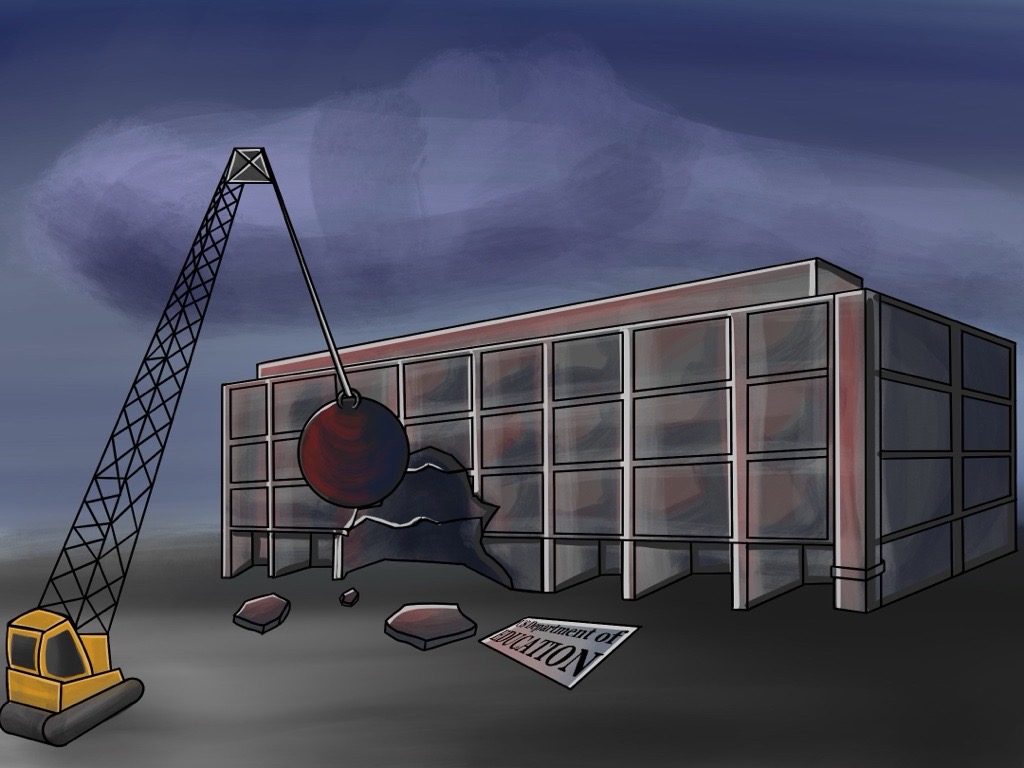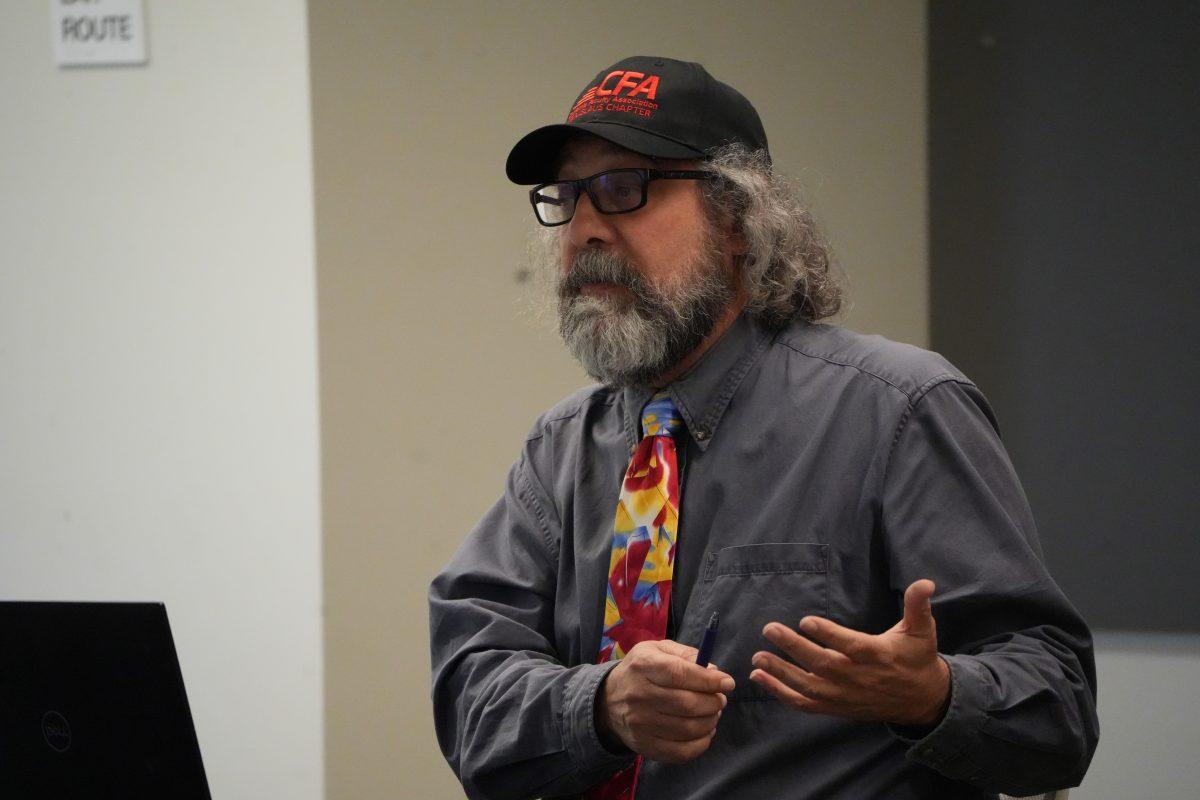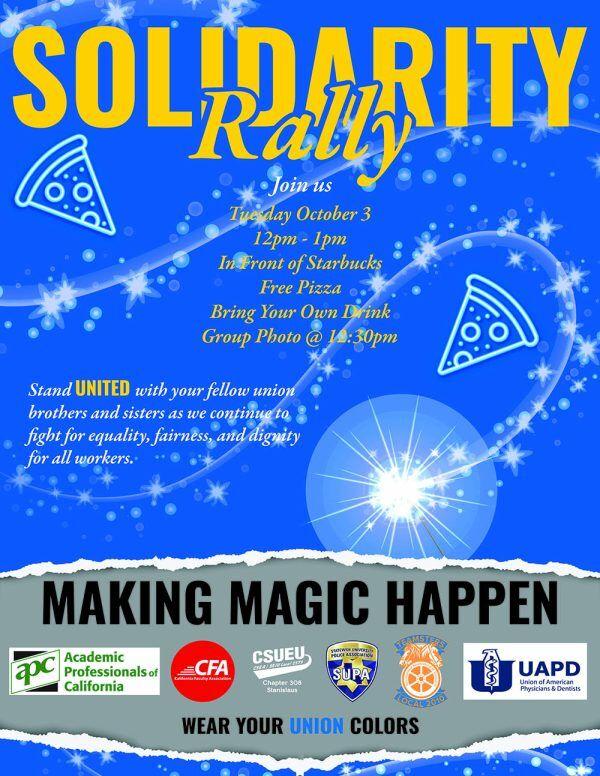The on-going dilemma of what the future holds for the Program for Academic & Career Excellence (PACE) at California State University, Stanislaus (Stan State), is still unknown, yet a PACE Work Group has been created to develop a transition plan for its PACErs no later than March 24.
Since the announcement of the program’s “sunset” in October 2015, students, staff and faculty have been on the edge of their seats, waiting for an answer to the same question: what is going to happen to the Hispanic and underserved or first generation students that PACE has provided services for during the last six years?
The PACE Work Group has met up on four occasions since the memorandum was proposed on Dec. 18, 2015. The objective of the committee is to develop a transition plan to determine how to manage funding after the Department of Education Title V grant ended, as well as to preserve the positive impact of the PACE program.
Vice President of Enrollment and Student Affairs Dr. Suzanne Espinoza stated that currently there is no predictable outcome for PACE.
“We are trying to understand a little bit better about the practices of PACE so that we’re in a position to preserve those practices and make them available to a larger number of students, in addition to the task at hand and that is what is the future of PACE,” Espinoza said.
A Memorandum sent by Provost and Vice President for Academic Affairs Dr. James Strong was addressed to Stan State President Joseph F. Sheley, Speaker of the Faculty and Chair of the Academic Senate Dr. Mark Thompson, Vice President of Enrollment and Student Affairs Dr. Suzanne Espinoza and Associated Student Incorporated President Nicole Larsen promises and commits to do the following:
- Identify and measure best practices used in PACE that engendered student success. Measures of student success include graduation, retention, grade point average, progress toward degree, improvement of academic performance (from the level of academic preparedness at admission), engagement in University activities and other commonly accepted measures in the student success literature.
- Review all student success and high impact practices currently employed on the campus and their funding so that recommendations regarding PACE are made in the large context of resources allocated for all student success initiative and grants.
- Maintain access to PACE’s best practices for the current group of PACE students enrolled in 2015-2016 and earlier academic years.
- The transition plan will include a budget. The budget will specify the University funding sources for the transition plan, assuming the Work Group recommends and President Sheley accepts a recommendation designating University funding. University funding is differentiated from specifying and could serve a bridge role while additional grant funding is secured.
The PACE Work Group is structured of eight members, which include administration, staff, faculty and students.
PACer and Peer Mentor Saúl Ávila (senior, Business) was nominated and elected by PACE students to represent them in the PACE Work Group. Ávila hopes that first generation students continue to have access to the beneficial resource that PACE was to him.
Ávila’s younger brother, a PACE student as well, is his motivation to preserve PACE.
“When I first became part of PACE, I did it with the intent that I would give back to the program,” Ávila said. ”Since I thought the program was really great, maybe I could do the right thing and enroll my brother in the same program that helped me. When news hit that the program might not be around, it kind of struck me a little because I thought my brother would be getting the same support that has been helping me.”
Ávila hopes that some of the best practices that are implemented are dedicated advising, printing resources and cohort classroom for multiple subjects.
A transition plan will be settled on by March 24. The plan will formerly be given to President Sheley, who will accept, reject or adjust the plan.

